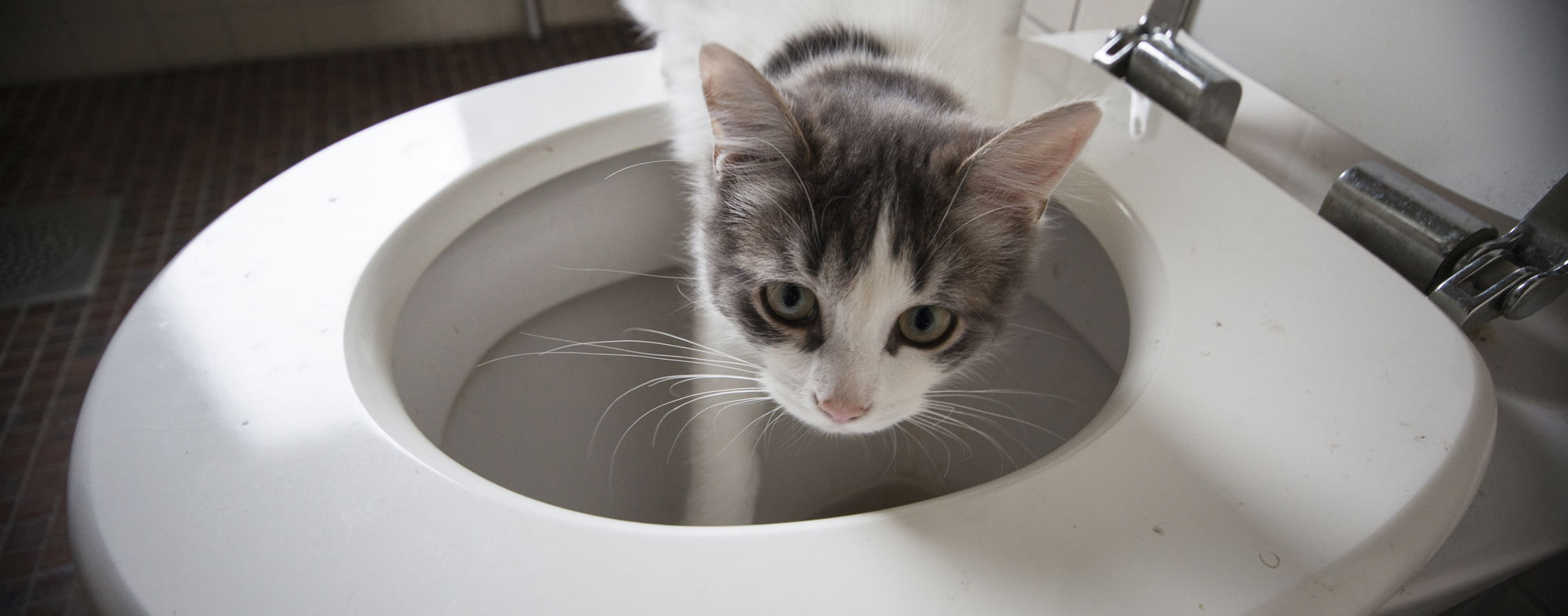Prevent Bathroom Disasters: Never Flush Cat Poop Down Your Toilet - Expert Guidance
Prevent Bathroom Disasters: Never Flush Cat Poop Down Your Toilet - Expert Guidance
Blog Article
This post in the next paragraphs relating to How to Dispose of Cat Poop and Litter Without Plastic Bags is fairly attention-grabbing. Read on and draw your own personal ideas.

Intro
As pet cat owners, it's necessary to be mindful of just how we deal with our feline pals' waste. While it might appear practical to flush pet cat poop down the commode, this technique can have destructive consequences for both the atmosphere and human health and wellness.
Environmental Impact
Purging cat poop introduces unsafe microorganisms and parasites into the water, posturing a significant risk to water ecosystems. These pollutants can adversely influence marine life and concession water top quality.
Health Risks
Along with environmental problems, flushing pet cat waste can additionally present wellness threats to people. Feline feces may contain Toxoplasma gondii, a parasite that can cause toxoplasmosis-- a possibly serious illness, particularly for expectant ladies and people with weakened body immune systems.
Alternatives to Flushing
Thankfully, there are more secure and a lot more accountable means to take care of pet cat poop. Consider the adhering to options:
1. Scoop and Dispose in Trash
The most usual approach of taking care of cat poop is to scoop it right into an eco-friendly bag and toss it in the trash. Make certain to use a dedicated clutter inside story and throw away the waste quickly.
2. Use Biodegradable Litter
Select biodegradable pet cat trash made from products such as corn or wheat. These trashes are eco-friendly and can be safely taken care of in the trash.
3. Bury in the Yard
If you have a yard, think about burying cat waste in a designated area away from veggie yards and water sources. Make sure to dig deep sufficient to avoid contamination of groundwater.
4. Install a Pet Waste Disposal System
Invest in a pet garbage disposal system specifically designed for pet cat waste. These systems use enzymes to break down the waste, lowering smell and ecological impact.
Verdict
Responsible animal possession extends beyond providing food and sanctuary-- it additionally entails correct waste monitoring. By refraining from flushing cat poop down the commode and choosing different disposal techniques, we can decrease our ecological impact and protect human health.
Why Can’t I Flush Cat Poop?
It Spreads a Parasite
Cats are frequently infected with a parasite called toxoplasma gondii. The parasite causes an infection called toxoplasmosis. It is usually harmless to cats. The parasite only uses cat poop as a host for its eggs. Otherwise, the cat’s immune system usually keeps the infection at low enough levels to maintain its own health. But it does not stop the develop of eggs. These eggs are tiny and surprisingly tough. They may survive for a year before they begin to grow. But that’s the problem.
Our wastewater system is not designed to deal with toxoplasmosis eggs. Instead, most eggs will flush from your toilet into sewers and wastewater management plants. After the sewage is treated for many other harmful things in it, it is typically released into local rivers, lakes, or oceans. Here, the toxoplasmosis eggs can find new hosts, including starfish, crabs, otters, and many other wildlife. For many, this is a significant risk to their health. Toxoplasmosis can also end up infecting water sources that are important for agriculture, which means our deer, pigs, and sheep can get infected too.
Is There Risk to Humans?
There can be a risk to human life from flushing cat poop down the toilet. If you do so, the parasites from your cat’s poop can end up in shellfish, game animals, or livestock. If this meat is then served raw or undercooked, the people who eat it can get sick.
In fact, according to the CDC, 40 million people in the United States are infected with toxoplasma gondii. They get it from exposure to infected seafood, or from some kind of cat poop contamination, like drinking from a stream that is contaminated or touching anything that has come into contact with cat poop. That includes just cleaning a cat litter box.
Most people who get infected with these parasites will not develop any symptoms. However, for pregnant women or for those with compromised immune systems, the parasite can cause severe health problems.
How to Handle Cat Poop
The best way to handle cat poop is actually to clean the box more often. The eggs that the parasite sheds will not become active until one to five days after the cat poops. That means that if you clean daily, you’re much less likely to come into direct contact with infectious eggs.
That said, always dispose of cat poop in the garbage and not down the toilet. Wash your hands before and after you clean the litter box, and bring the bag of poop right outside to your garbage bins.
https://trenchlesssolutionsusa.com/why-cant-i-flush-cat-poop/

I came across that blog posting about Don’t flush cat feces down the toilet while browsing on the internet. Those who liked our blog post plz be sure to pass it around. Bless you for your time. Come back soon.
Give Me A Quote! Report this page